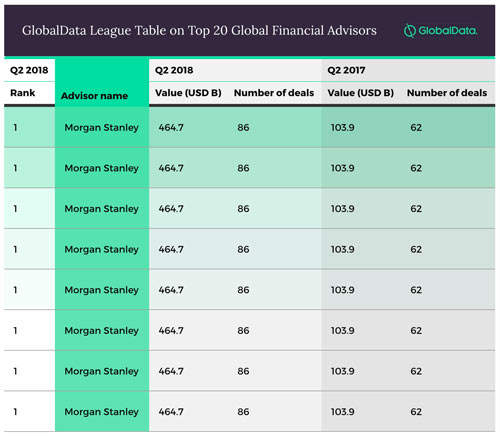Latest 
-
31 Mar 2021
-
30 Mar 2021Mergers & AcquisitionDeal Value: N/A
Boeing wins order for 100 737 MAX family aircraft from Southwest
-
22 Mar 2021PartnershipDeal Value: N/A
airBaltic extends codeshare agreement with Ukraine International Airlines
-
18 Mar 2021
-
15 Mar 2021Mergers & AcquisitionDeal Value: N/A
Boeing and 777 Partners reach agreement for 24 737 MAX aircraft
-
12 Mar 2021PartnershipDeal Value: N/A
Rolls-Royce, Tecnam and Widerøe to co-launch electric passenger aircraft
-
11 Mar 2021Mergers & AcquisitionDeal Value: N/A
Boeing reportedly close to 737 MAX 7 aircraft order from Southwest Airlines
-
10 Mar 2021Mergers & AcquisitionDeal Value: N/A
AerCap confirms talks to acquire GE’s aircraft-leasing business
-
10 Mar 2021Mergers & AcquisitionDeal Value: N/A
Norway suspends proposed divesture of Bergen Engines by Rolls-Royce
-
08 Mar 2021
Submit a deal
Ensure your company's deals are accurately presented to thousands of potential clients by using our deals submission form.













